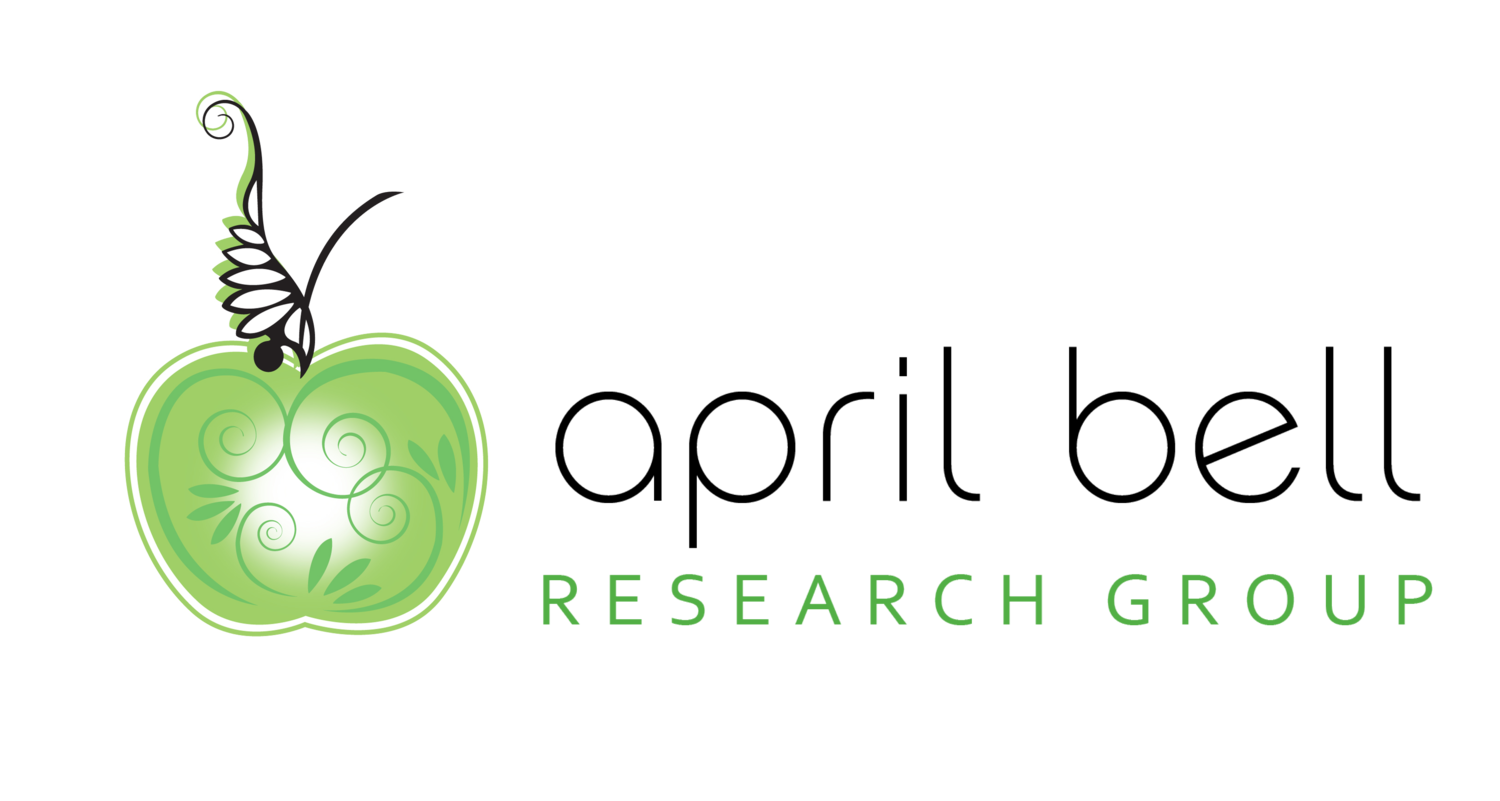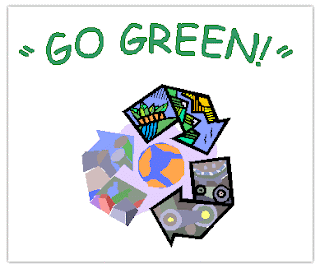
The saying “when it rains it pours”, definitely applies to me right now. Last week while at the beach “relaxing”, I got eight requests for business proposals. Trust me, I’m not complaining, especially with the current economic situation, I am extremely thankful for this little problem.
This sudden wave of business requests has allowed me to think more in depth about the criteria I look for in a potential business opportunity. What do I want to get out of this and is it the right match? Much like choosing a mate, the key is making sure your needs match their needs. This will increase the chances of a successful business relationship.
To help choose the optimal business opportunities, I’ve developed a list of helpful questions to ask yourself prior to taking that step of writing out the business proposal:
1. Do I have an existing relationship with the person or company asking for my business?
If there is already an existing relationship, and I have had a positive experience with the client, then chances are, I am going to want to build on that relationship. Building on an existing relationship is ideal because I already know the company, and to an extent what type of results they expect out of a market research project.
2. If this is a new company requesting the work, do I want a relationship with them?
It is important to make sure that the person or company asking for my business is someone I want to work with. Is the project within the scope of the type research I want to do? How will working with them develop my business and skills in market research?
3. Is this project going to be worth my time and effort in terms of:
• Business development?
• Personal growth?
• Financial gain?
If I can say yes to at least two out of three of those categories, then I will most likely move forward in writing the proposal. If it doesn’t seem worth my time and effort, then what do I perceive within my business or personal life that would take precedence over this project? If the project doesn’t line up with the goals for my business, then I would be doing the client and myself a disservice by pursuing the opportunity.
Again, it’s all about matchmaking. Over the years, most of the proposals I’ve written have been based on a mutual agreement between the client and myself. Ensuring that I am a good match for the client and the client is a good match for me is the best way to keep those good business opportunities coming.



















